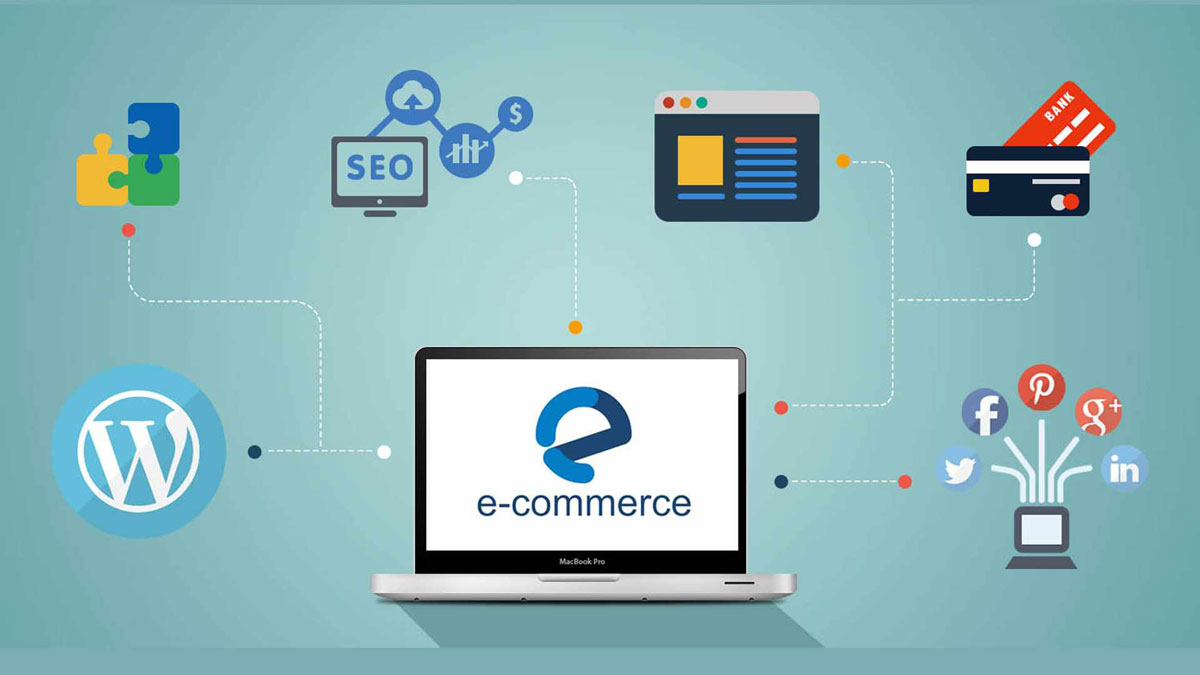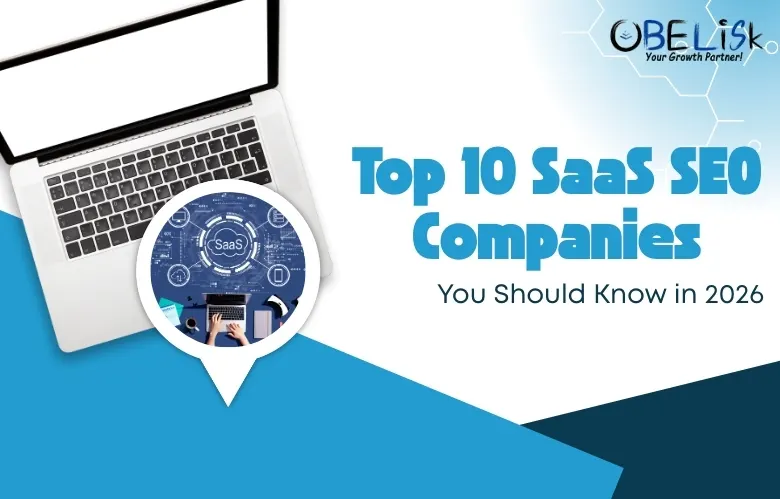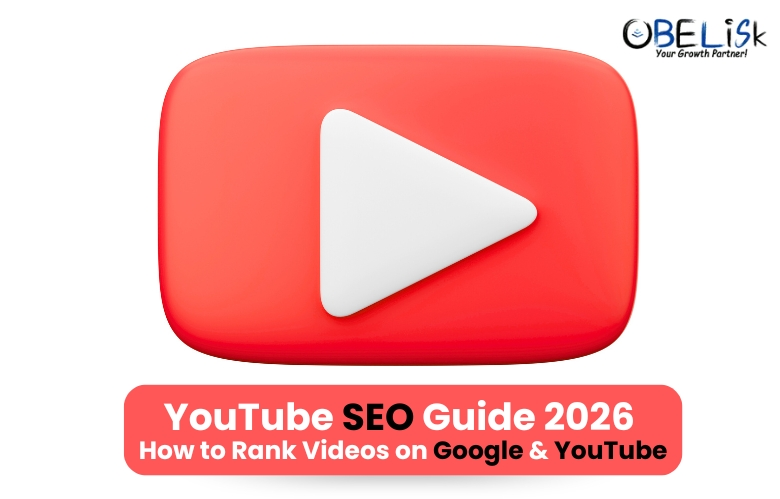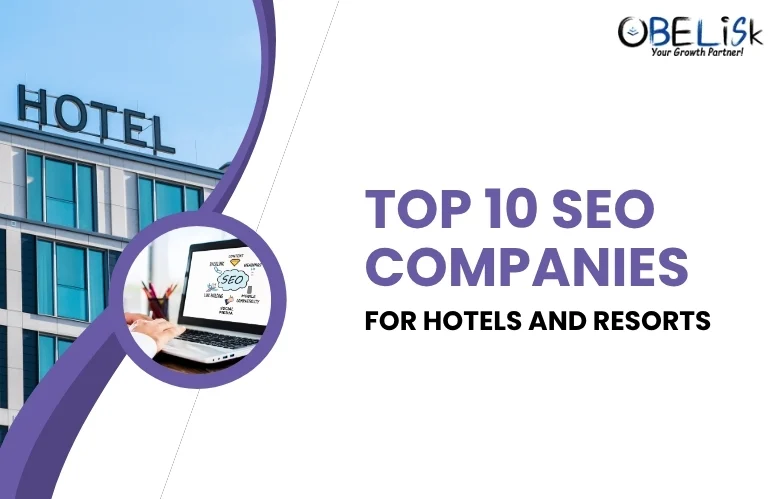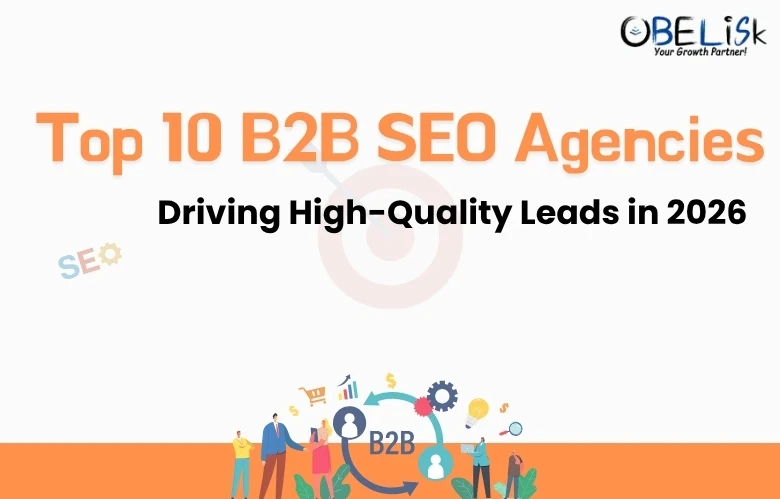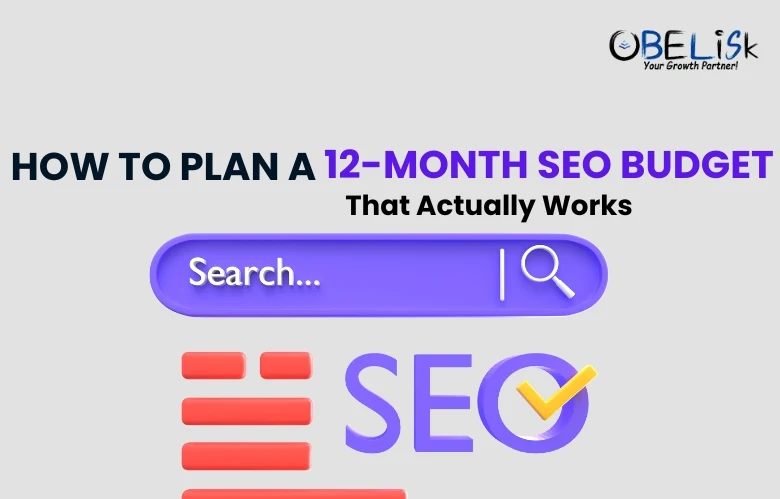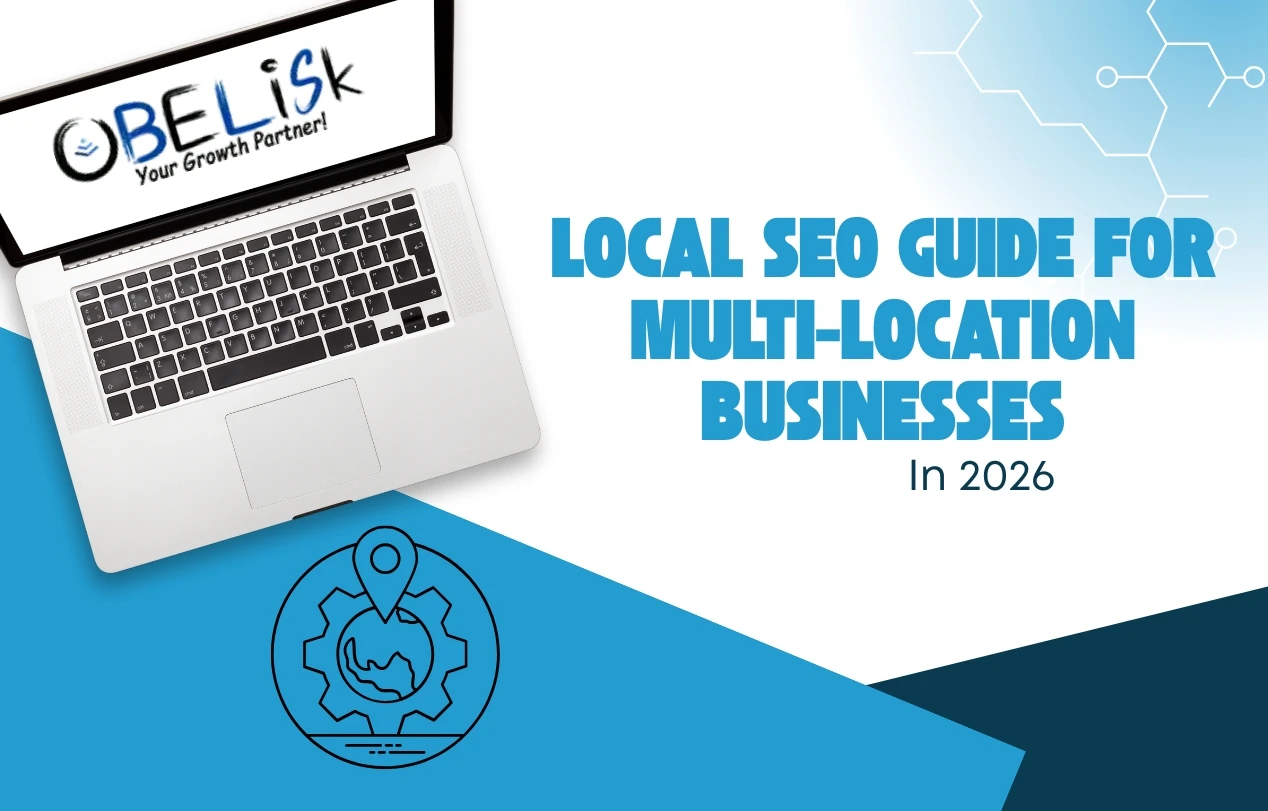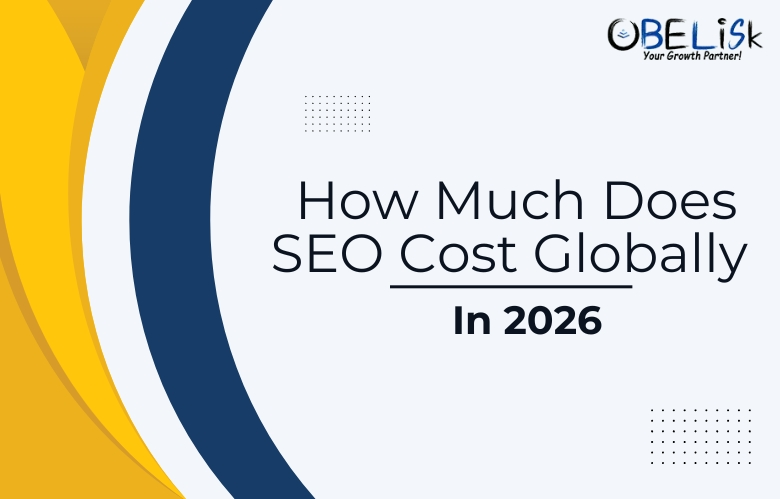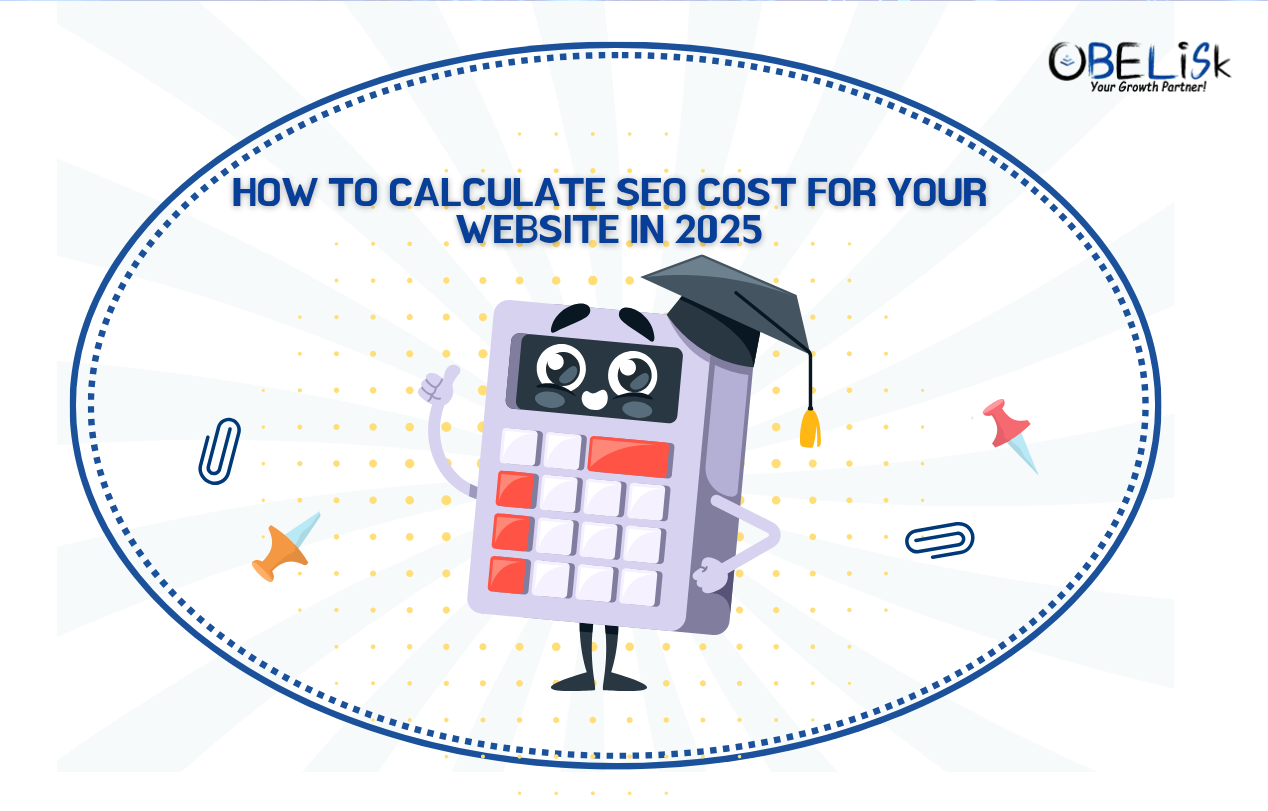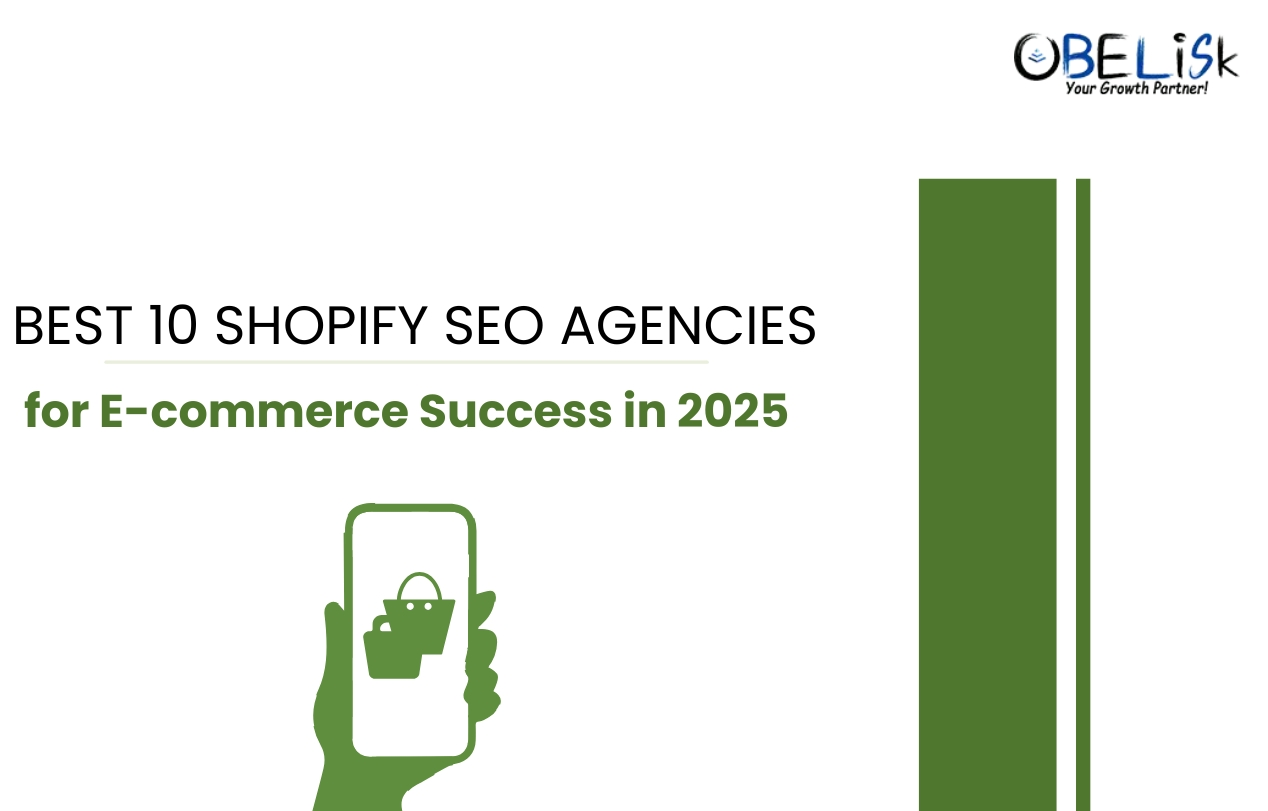Is your e-commerce store performing as well as its potential – are most users making purchases? If not, you must look for strategies to help you optimize your e-commerce store. But, why look for eCommerce website optimization strategies and go through so much trouble? Well, the main focus of optimizing your e-commerce website is to help you earn more revenue. And, it is important to perform optimization for e-commerce websites with the help of expert and effective strategies. After all, changing the wrong elements could not only waste your time but hurt your website traffic and e-commerce revenue.
To help you ensure proper e-commerce website optimization for greater revenue, we have put together the guide below. Before we directly jump into discussing a few effective strategies that can help optimize your e-commerce website performance, let us discuss what a good conversion rate means. Let’s get started and help you get closer to achieving your e-commerce revenue goals.
What is A Good e-commerce Conversion Rate?
In this section, we will discuss what a good e-commerce conversion rate is to help you check your website’s current conversion rate and set a concrete goal. Moreover, it will help you better create an optimization plan and ensure you have a clear idea of the strategies you must implement.
When talking about e-commerce sites, conversion refers to the action when a website visitor has wishlisted an item, added an item to their cart, or purchased any product/service offered. So, the conversion rate refers to the percentage of website users who take action. According to Shopify, the average conversion rate of e-commerce sites ranges between 2.5% and 3%. But, this does not necessarily mean that a 2.5% conversion rate means that your business is doing great.
These percentages fluctuate based on the area the business is based in, the devices used by those shopping, and the actual conversion action most are undertaking. For example, most people might be wishlisting products but not going through with the final purchase. Although this does boost your conversion rate, this does not have any addition to the website revenue. We recommend using Google Analytics to find more details about your website’s conversion rate and then creating a concrete plan for e-commerce website optimization.
5 Important Strategies for e-commerce Website Optimization
Now that we have discussed the aim of e-commerce website optimization strategies, let us check out a few expert strategies that you can adopt. It will help answer your question on how to optimize e-commerce websites for higher revenue.
1. Better Your Product Pages
For any e-commerce website to succeed, the foremost step is to ensure that the product pages are convincing and attract users. Some tips to help you achieve that without much hassle include:-
- Ensure that your site is easy to navigate to allow users to find what they’re looking for
- Use breadcrumbs that combine user history and preferences and product hierarchy
- Including catchy and SEO-friendly product titles will also help them rank better in Google searches
- High-quality product images to visually engage users and captivate user attention
2. Optimize The Pricing Schemes and Charts
Optimizing your product prices is another key to e-commerce website optimization as high prices can demotivate a lot of users from purchasing products. You can include a comparison of two products to boost sales of the lower-priced one. Another great idea is to have clear CTAs to better draw user attention. An important point to remember is that visitors are often overwhelmed with a lot of options which is why it is best to keep the pricing page short and crisp.
3. Utilize Technologies for Better Personalization
Personalization helps increase user conversions as it ensures that users can quickly find what they’ve been looking for. You can automate your website to send out emails with promotional offers and marketing deals based on user preferences and previous searches.
4. Reduce Cart Abandonment
One of the biggest issues that e-commerce sites must address is cart abandonment and a great way to do so is to use an exit intent. In this strategy, when users are about to leave a page, another page with a lucrative offer pops up. Another great incentive is free shipping because most people do not like hidden charges.
5. Build an Email List
An email list is a great way to improve email marketing and send users personalized offers. For example, you can send users coupon codes and promotional offers on their recently-viewed products. It is also a great way to keep users updated on regular offers and deals and build better customer relationships.
Final Words
E-commerce website optimization can help boost your online sales and bring in more revenue. But, you must also consider external factors like competitor strategies that might be distracting your existing customers. This is why you must set up Google Alerts and monitor your competitors’ social activity with the proper tools and resources.
Need help to optimize your e-commerce website and bring in better profits? Get in touch with our expert team to discuss your business goals and get access to expert opinions and tips guaranteed to work!

